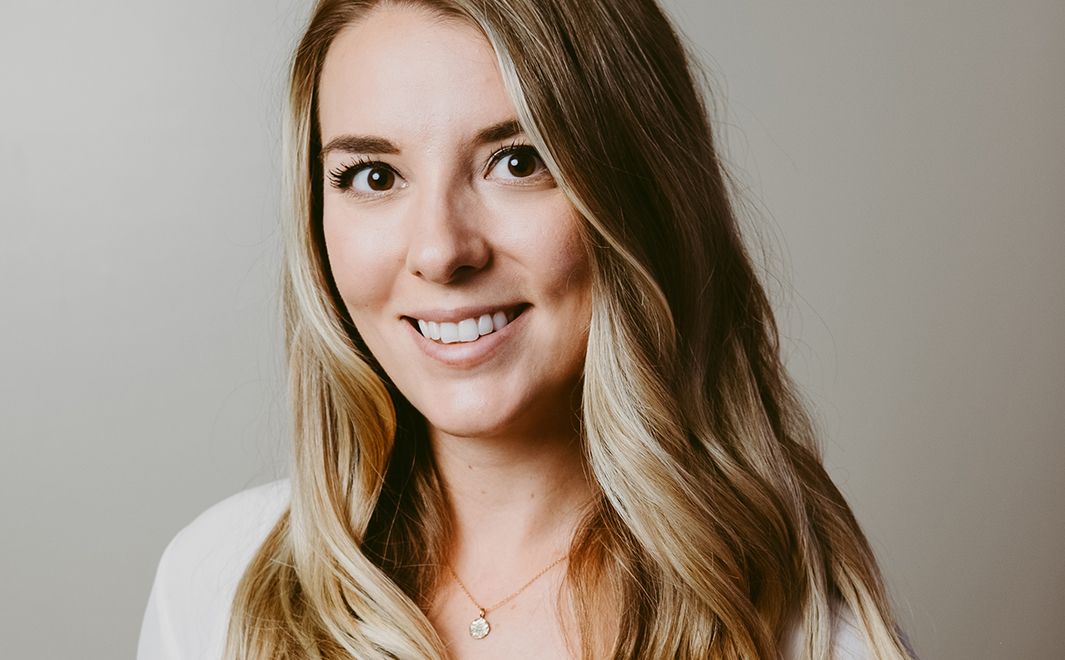
There aren’t many careers where you get to follow your passions so directly and be able to participate in exciting new discoveries spurred on by your own curiosity.
Dr. Chelsea Ekstrand holds a master's degree and PhD in cognitive neuroscience. She works in the Department of Neuroscience as an assistant professor at the University of Lethbridge. Her research focuses on cognitive neuroscience and the brain, a topic she's been excited to explore as early as grade eight. She uses functional magnetic resonance imaging (fMRI) to learn how people's brains process the world around them.
What is your area of study?
Cognitive Neuroscience - Assistant Professor.
What excites you about science?
I think the thing I find the most exciting about science is the opportunities it gives you to answer the big questions. In neuroscience, I get to ask questions like "Why are we the way we are? Why do we think the way we do? What makes us tick?" and then spend my life trying to find the answers. There aren't many careers where you get to follow your passions so directly and be able to participate in exciting new discoveries spurred on by your own curiosity.
What sparked your interest in science?
If I'm being honest, I can't remember a time when I wasn't interested in science, but when I was in middle school I read Philip Pullman's His Dark Materials trilogy and was entirely convinced I was going to become a theoretical particle physicist. In fact, part of why I chose to go to the University of Saskatchewan for my undergraduate degree was to be close to the Canadian Light Source particle accelerator. Even though I never ended up going inside that building and ultimately chose a career path in neuroscience, I loved the idea of being near such a powerful tool for science.
Tell us about the first time you felt really excited about what you were learning in science.
When I was in kindergarten, we had to draw a picture based on a page from the encyclopedia, and I ended up drawing a Rainbow Lorikeet, which is a species of parrot native to Australia. I can remember how excited I was to have that little bit of new knowledge and even though I've never encountered a Rainbow Lorikeet in my entire life since then it always stuck with me.
What do you hope to accomplish through your scientific research and/or work?
Ultimately, I hope that my work sheds important and novel light on how this incredibly complex organ in our skulls (the brain) works. In turn, I hope to make important strides in characterizing brain pathology based on unique patterns of brain activation that will help with both diagnosis and treatment of brain disorders.
What words of inspiration would you like to share with the next generation of women & girls in science?
There will always be people who will tell you that you are not capable, not smart enough, not strong enough. Know that you are capable of whatever you set your mind to, follow your passions, and don't let anyone tell you who or what you should be. Science is for everyone, and the future of science depends on the presence of brilliant and talented young women forging exciting new paths.